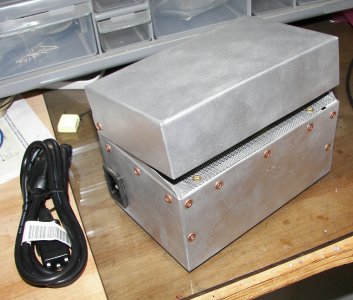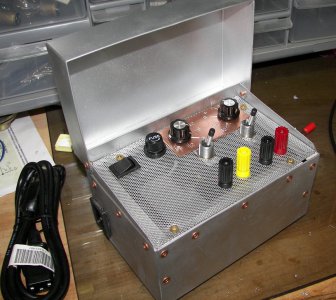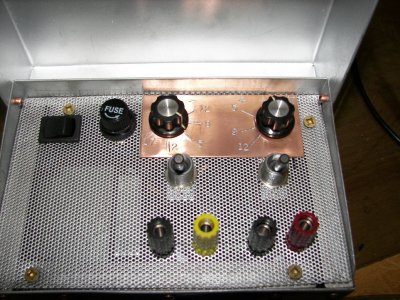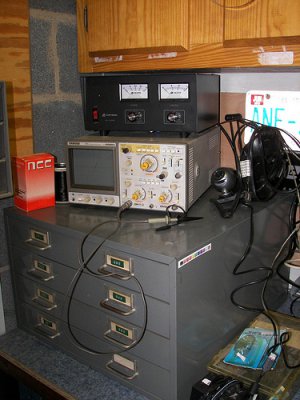Jeff, adding current limiting is easy. On the + side you will need another LM317 and a 5K pot. The new LM317 is added between the original LM317 and the output. I have a DPDT switch so the current limiting can be switched in and out of the circuit. I haven't used current limiting with a - (neg) supply but I am sure it would work the same.
On the positive side connect pin 2, the output, of the existing 317 to pin 3 of the new 317. Pin 1 of the new 317 is now the output. Connect the pot between pin 1 and 2 of the new 317. Add the switch if desired.
I built a 1.5 to 15 volt 1.5 amp, current limiting, bench supply back in 1987 and have been using it ever since. It is handy for charging a wide range of batteries of different chemistry's. I have the schematic around somewhere. I will dig it out if you are interested.
Joe














